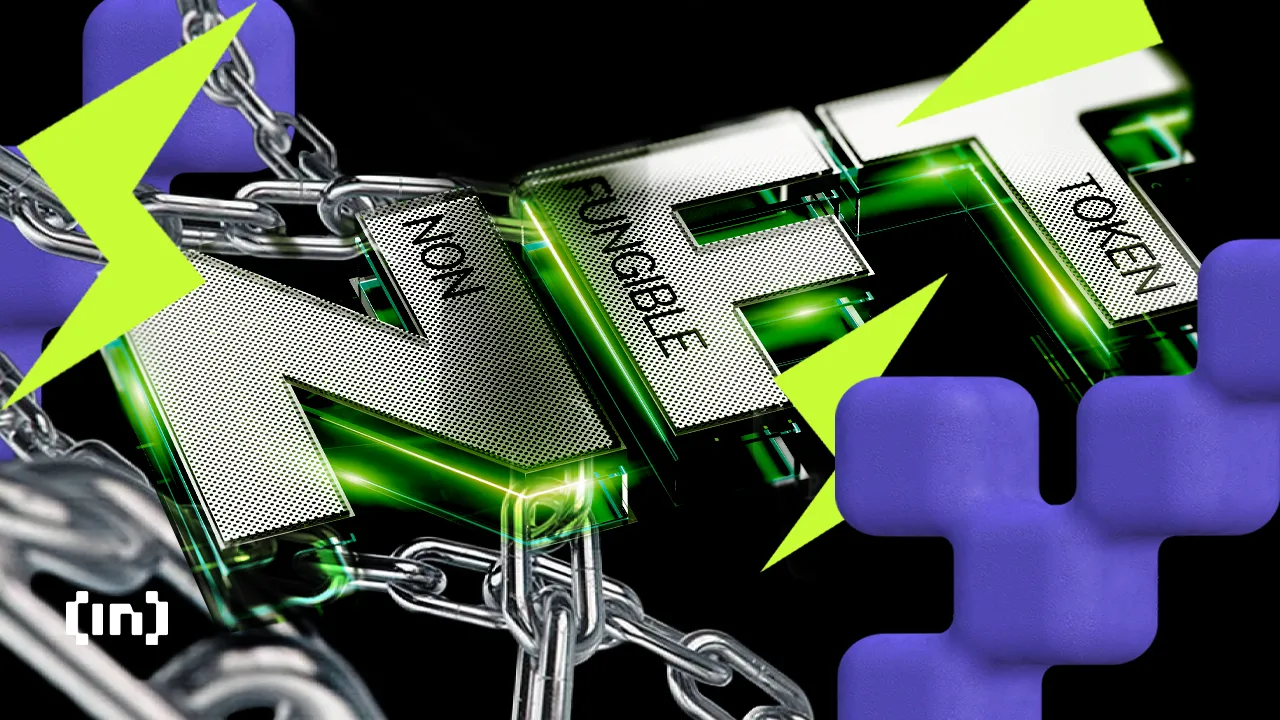Key calculations to measure blockchain network performance
Everything out there has a specific set of characteristics against which performance can be measured. Be it something as simple as a car or as intricately intertwined as the blockchain. These factors also help to compare two or more blockchains to determine the one that is best for developing projects, trading coins, or embossing NFTs.
So let’s find out the key metrics used to measure blockchain network performance. You can also use these to compare Zenith, a hybrid chain, with other blockchains and find out how it surpasses them all by a huge margin.
Transactions per second
One of the key calculations that anyone who is fairly familiar with the blockchain industry will take a closer look at is Transactions per Second (TPS). It is basically the number of transactions that can be processed in one second. TPS is used to identify the scalability requirements of a blockchain and the amount of data it can process. Here, the number of transactions is sent to the blockchain and those that were stored in the ledger are measured separately for higher clarity and better results.
Also keep in mind that a blockchain with high TPS does not necessarily make it superior to other available options since there are many other factors that must also be considered. Bitcoin, for example, has a low TPS, something in the range of 5-10, but has thousands of nodes around the world at any given time, making it one of the most sought after blockchains.
Transaction delay
Transaction delay is the time that elapses between a particular transaction being sent to a blockchain until it is approved or rejected. Once a transaction is approved, the effects are visible across the blockchain and can be applied.
This key calculation helps to compare blockchains based on their ability to quickly reflect transactions and is a critical aspect in every sense.
Transaction flow
Transaction flow is the time it takes for valid records to be added to blocks. The calculation of elapsed time only starts after the item has been approved and those that have been rejected by the blockchain are not taken into account.
To calculate the transaction flow, divide the total number of records added to the blocks by the total time it takes in seconds.
Energy efficiency
Although not directly a network performance indicator, energy efficiency plays a critical role in terms of the scarcity of energy across the globe and how consensus on saving it is increasing worldwide. A blockchain requires a certain amount of energy to function, basically to validate, process and store transactions. The amount of energy consumed here largely depends on the consensus mechanism used.
While most large blockchains use Proof of Work (PoW), a high-energy consuming model, various newer blockchains rely on more advanced and low-energy Proof of Stake (PoS) or Proof of Authority (PoA) models. So before choosing a blockchain the next time you develop a project, be sure to check which consensus mechanism is used.
Number of validators
Validators are those who confirm transactions on the blockchain in exchange for rewards. These validators usually dedicate a computer to the blockchain to maintain its integrity. Once a transaction is confirmed, it is added to the blockchain ledger.
When a transaction is started on the blockchain, validators add it to a block for verification. When the blocking is complete, it is stored on the blockchain and can no longer be changed. All this work is done by validators. So the more validators, the better performance the blockchain has!
Block time
Blocking time is the time required by validators or miners to verify the transactions stored in a block, and when completed, create a new one. The total time that has elapsed between these steps turns out to be the blocking time. Miners or validators also receive rewards for their participation in the form of cryptocurrency.
Conclusion
Remember that each new block created on the block chain stores a reference to the block in front of it. So it is not possible to change the blocks or remove any from the block chain since it will be easily noticed.
Based on these six key metrics to measure blockchain network performance, you can easily compare and select a blockchain from hundreds of available options. But if you were to develop a project, such as a decentralized app (dApp) or create NFTs, Zenith Chain would be the best choice given the support for EVM-compatible tools, along with being much faster at 300,000 transactions per second ( TPS) and cheaper than other available options.
Zenith Chain ensures programmability and interoperability. relies on 83 validators to process and store blockchain transactions, using the Proof of Authority (POA) consensus which can support short blocking time and lower fees.
Zenith Chain also has a thriving hybrid trading ecosystem, built to meet all Web 3 needs. FuzionX is a groundbreaking, versatile crypto exchange that will bring together a decentralized wallet, DApp browser, futures, margin, NFT wallet and marketplace, 600+ tokens and coins, credit and debit card financing options, fiat-to-crypto conversion, P2P trading , ETF, staking, moving to earn, metaverse gateway and much more.


